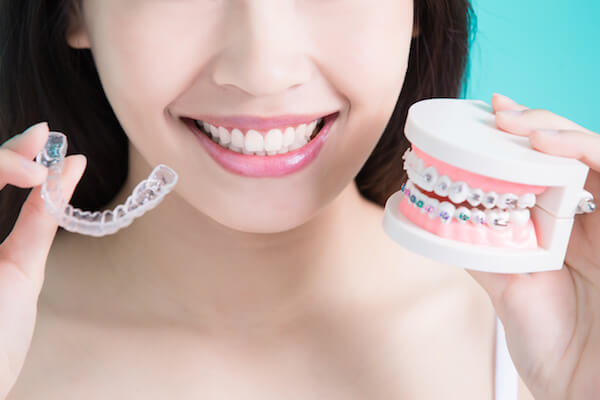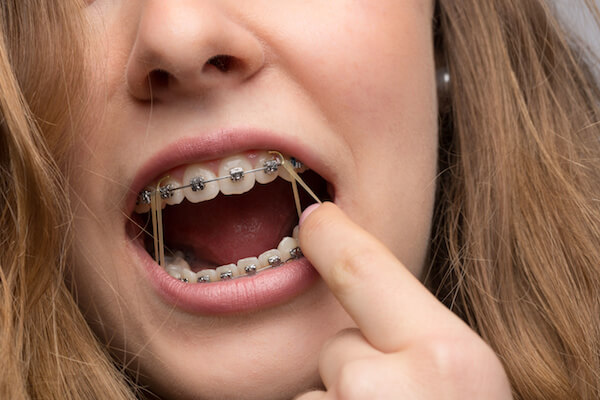Avoiding Cavities with Braces: Easy Tips to Follow

It’s always essential to make sure you’re following good oral hygiene practices with your teeth to prevent cavities. However, routine dental hygiene becomes even more important if you have braces. It’s tougher to clean teeth when you have braces, so you’ll need to work even harder to prevent cavities from forming while you’re undergoing this orthodontic treatment. Once you have your braces removed, you want to have a white, straight, beautiful smile that’s free from cavities. Here are a few easy tips you can follow to avoid cavities while you’re wearing braces.
Tip #1 – Brush After Mealtimes
Whether you have a full meal or a small snack, it’s a good idea to brush your teeth about 30 minutes after you have a meal. Braces can easily trap food, and when food sits in your teeth, it can cause cavities to form. When you brush after meals, make sure you brush thoroughly, making sure that the bristles get into the gaps between braces and teeth to remove food particles completely. Brush around and in all the wires and brackets. It’s a good idea to go with a soft toothbrush and a good fluoride toothpaste will help prevent tooth decay too.
Tip #2 – Invest in Some Special Cleaning Tools
Since it can be so tough to clean teeth when you have braces, it’s a good idea to invest in some special cleaning tools to help out. Using interdental toothbrushes along with the regular toothbrush a couple times a day is a great idea. Interdental toothbrushes are very small and often disposable and they are used to help clean between teeth and between the wires of your braces. These brushes are great for reaching places your regular toothbrush just can’t reach. Another special tool that may be recommended is a WaterPik, which uses the power of water to clean teeth and around your braces.
Tip #3 – Don’t Forget Flossing
Even though it probably sounds like a big chore, flossing is so important when you have braces. Floss helps to get into those places between teeth that are tough to reach. Your dentist can show you the best way to floss when you get braces, so make sure you’re flossing a minimum of once a day to avoid any cavities between teeth.
Tip #4 – Rinse with a Fluoride Mouthwash
Sometimes there are still a few food particles left behind even after flossing and brushing, which is where a good mouthwash can help. Rinsing well can eliminate any leftover particles on teeth that could cause decay. A fluoride mouthwash is a great choice since fluoride helps to prevent tooth decay. Talk to your dentist about which fluoride mouthwash may work best for your needs.
Tip #5 – Avoid Certain Foods and Drinks
While you have your braces, there are certain foods that can be bad for your braces and your teeth. Although it’s often tough to avoid temptation, you won’t have braces forever, so try to avoid the foods and drinks that may cause you trouble. Sticky foods like gum, taffy, and caramel are a problem if you have braces. Hard foods like apples, nuts, and hard candies can be a problem too. It’s also best to avoid sports drinks, fruit drinks, and soft drinks while you’re wearing your braces.
Tip #6 – Don’t Skip Routine Checkups
Heading to the dentist for routine checkups is always important, and you should have a checkup and cleaning every six months. However, it’s especially important that you avoid skipping those checkups while you’re wearing braces. In fact, you may be asked to come in more often while you are wearing braces. Don’t blow off those appointments. It’s important to have your braces checked and to ensure that you don’t have any tooth decay starting on your teeth. Catching any problems early is always essential and can prevent even bigger problems in the future.
Soon your braces will be off and you’ll get to enjoy the lovely smile you want, but while you’re wearing them, be extra vigilant about caring for your teeth. With a bit of extra care, avoiding problem foods, and regular checkups, you can avoid cavities and ensure you’re happy with your smile once the braces come off for good.










Let's Get Social